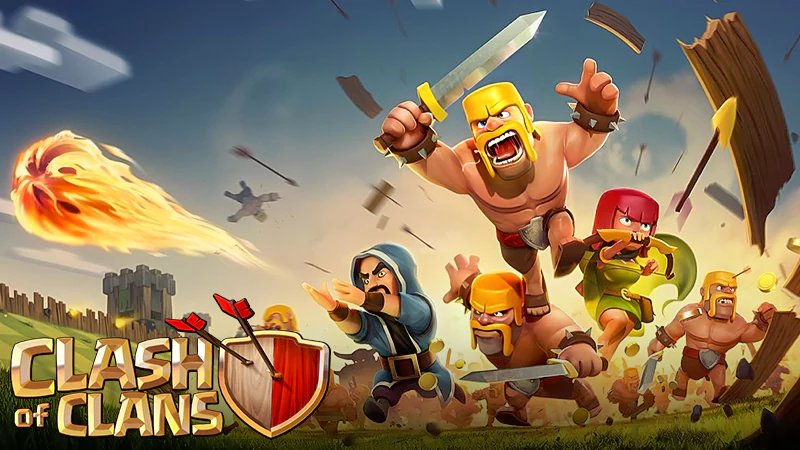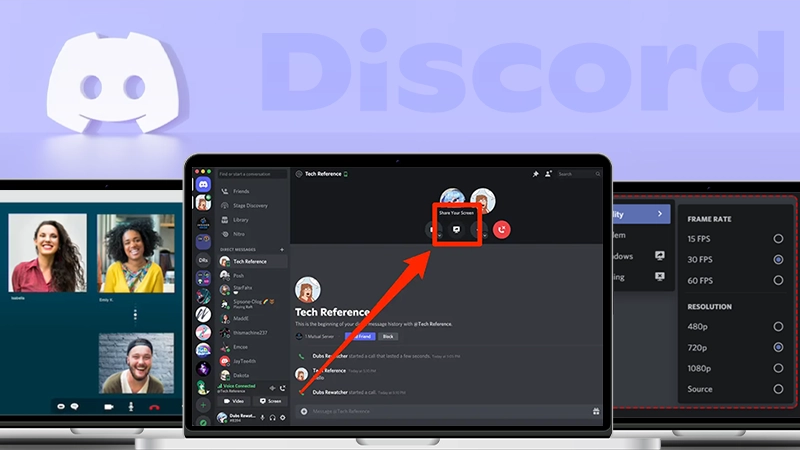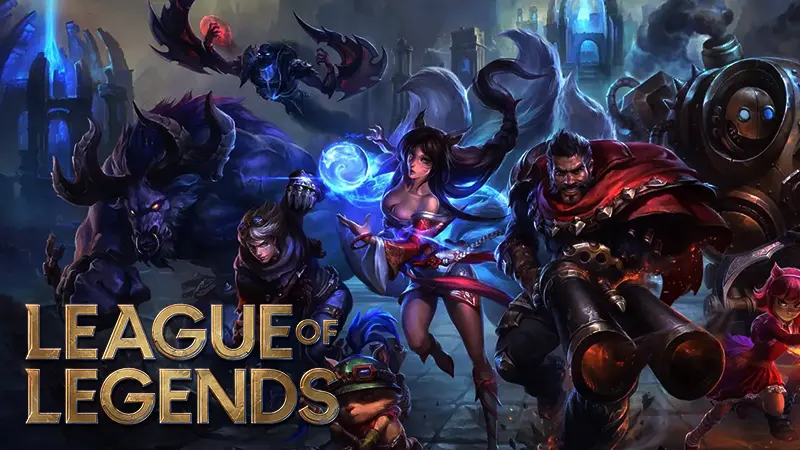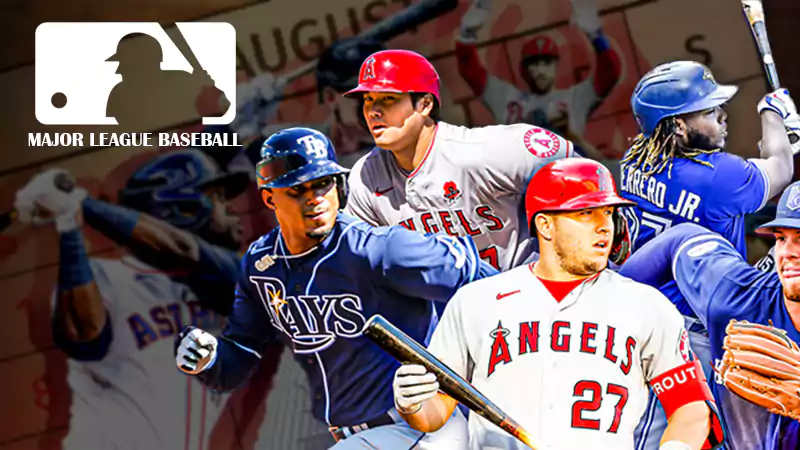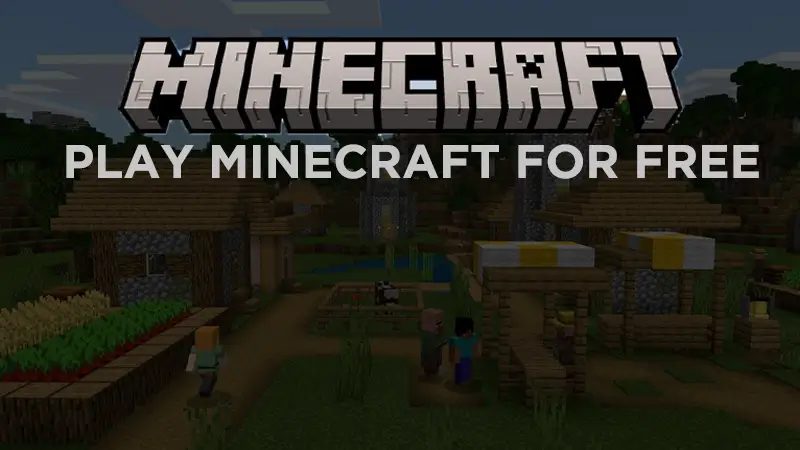Are Modern Titles Taking Over Traditional Gaming?
Although the gaming industry has existed for several decades, providing on-demand entertainment and also jobs for all types of gamers, it has come a long way from those pixelated titles with basic MIDI audio. Modern-day gaming has become more authentic and immersive than ever before. With technology advancing at pace, so too do the innovations in the gaming scene. Does that mean old favorites are being left to one side to play new modern titles instead? Or is there still a place for traditional games? Can technology work hand-in-hand with traditional titles to bring an extra dimension for Casino games?
For the purposes of this article, we’re going to explore the most popular ‘classic’ casino games alongside today’s modern gaming titles. We’ll attempt to ascertain whether the next-generation releases are taking any inspiration from table games that have transcended multiple generations. We’ll look at one of the biggest common denominators – freemium gameplay – whereby newcomers to both casino and conventional gaming will look to play for free first before committing their own money upfront. For example, those who play free blackjack can get to grips with the game’s dynamics and rules without putting down a cent.
These tables also incorporate card counting trainers that teach newbies when to stand, hit and double down their hands. With the right mix of strategy and luck, it’s possible to use these in-game features to master the art of time-honored casino games.
How Casino Gaming ‘Keeps Up’
The reality is that modern gaming technologies have also helped to elevate classic casino games to new levels, just as much as modern-day releases. Player strategy, focus and reaction times are equally important in some casino games as it is when playing a stealthy first-person shooter.
Aside from Freeplay and automated card counting trainers, classic casino games like blackjack have also embraced new technologies to try and create an added sense of realism and authenticity to the gameplay. The increasing reliability, clarity, and speed of fiber optic broadband and 4G or 5G mobile connectivity have encouraged the proliferation and success of the live online casino scene. Table games are played out in a real-life casino studio, managed by fully trained human dealers. Live-streamed dealer games offer the real-time interaction and immersion that old-school casino gamers are used to from visiting land-based establishments.
So, how are live casino options made available? Live casino games are powered largely by optical character recognition (OCR) technology, which helps to automatically recognize the values of cards dealt by the dealer and overlay the game data on-screen to players in real-time. The live-streamed versions are therefore as slick as playing at a brick-and-mortar casino. However, they do play slightly slower than the video versions powered by random number generators (RNGs) due to the other human players involved at the tables. That’s simply the compromise we make for having a more authentic, traditional casino experience to enjoy on desktop or mobile.
Modern Titles Take Inspiration
One could argue that the Freeplay games offered in the online casino sector were one of the precursors to the freemium gaming model that’s projected to become one of the leading gaming platforms in 2021. The rise of mobile game development has resulted in estimated global revenues approaching a whopping $35bn this year. In 2019, the rise of freemium gaming reached its peak in the mobile gaming sector, when approximately half of all app revenues were derived from mobile gaming titles. You might wonder why these games are such revenue drivers if they are deemed “freemium” games, but the reality is they work in the same way as the free-play versions of real-money casino games. The freemium versions of mobile gaming apps enable casual gamers to try out games without having to pay anything upfront. If they discover that they like a particular game, they can then pay to unlock premium features and play the full-length version. If they don’t want to pay, they can continue playing for free.
Last year, App Annie revealed that the majority (56%) of spending within Apple’s App Store was on games, with 95% of this revenue generated from in-app purchases or IAPs. This has led to paid-for mobile game apps being considered as an unattractive prospect among most casual gamers that are now aware of the freemium model. In terms of consumer psychology, price ‘anchoring’ is what makes the freemium gaming model so popular today. Casual gamers have the satisfaction of knowing they can get something for nothing. They can then decide to part with their hard-earned cash down the line if they get the entertainment they are looking for and want to involve themselves more.
The freemium gaming model is so popular that it has also transcended from mobiles to desktop PCs and even the latest video game consoles like the Xbox Series X and Sony PlayStation 5. Runescape was one of the first and finest exponents of the freemium model on desktop and console. Masterminded by game developers Jagex, Runescape is a fantasy massively multiplayer online role-playing game (MMORPG) that creates an immersive open-world environment. Players get the chance to head out on virtual adventures with friends with thousands of gameplay hours ring-fenced.
Room For All
The reality is that there remains a demand for both classic and next-generation gaming. Looking exclusively at the online casino market, classic table games like blackjack, roulette, and craps are maintaining the traditions of brick-and-mortar casino establishments. According to Statista, the size of the global iGaming marketplace is expected to grow from a value of $58.9 bn in 2019 to $92.9 bn by 2023.
When you consider that the global iGaming marketplace is expected to grow 58% in the space of four years and mobile gaming is also expected to register a CAGR of 15.5% by 2027, it’s clear the freemium model can coexist between gaming sectors new and old.
Useful Tips for Beginners in Clash of Clans
The Best CS2 Cases to Open in 2023
The Emergence of Digital Assets in the Gaming…
Best Places to Play Spider Solitaire Online
How to Share Screen on Discord – A…
League of Legends_ Beyond the Game – The…
10 Best Ways to Invest in Crypto Gaming…
Understanding the Gaming Audience: Who Spends the Most…
Facts About Major League Baseball
Tips on How to Become a Gaming Streamer
How to Play Minecraft for Free
CS:Go Skin Trading – A Beginners Guide

